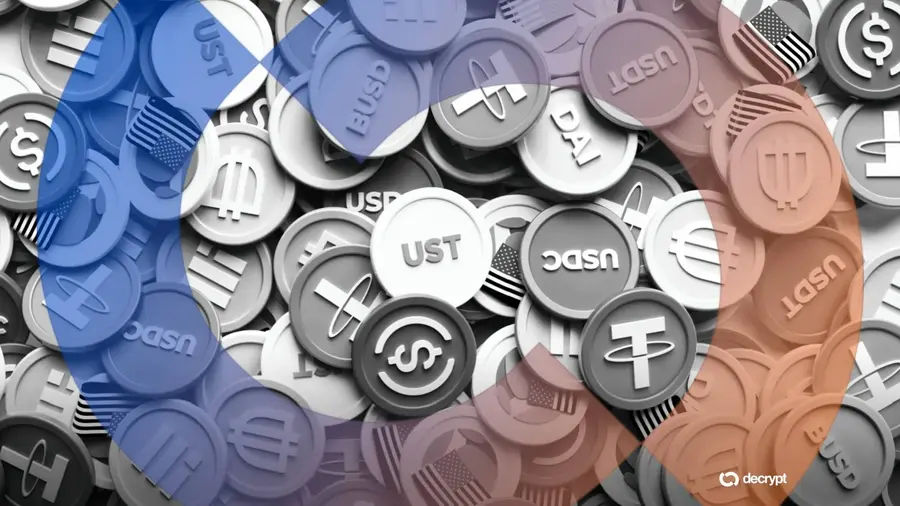The Bybit Hack: A Wake-Up Call for Crypto Security
The recent Bybit hack, resulting in a staggering $1.5 billion loss, is the largest in crypto history. What makes this attack especially concerning is that hackers breached Bybit’s cold storage—typically the most secure part of an exchange.
While Bybit quickly replenished its reserves with partner support, the incident has once again raised concerns about the security of centralized exchanges (CEXs). How vulnerable are they, and what can the industry learn from this?
The Security Risks of Centralized Exchanges
This attack isn’t just another breach—it highlights the deep security flaws in CEXs. Despite strong security measures, CEXs remain prime hacker targets because they store user funds in one centralized system. This creates a single point of failure: if hackers break in, they can access large amounts of funds with little resistance.
A 2024 Chainalysis report shows that centralized services are now the top target for hackers. Similarly, Hacken’s data reveals that breaches in centralized finance (CeFi) more than doubled last year, leading to nearly $700 million in losses. The primary cause? Weak access controls.
Clearly, exchanges need to rethink their security strategies.
DeFi: A More Secure Alternative?
Decentralized Finance (DeFi) takes a different approach. Instead of storing funds in one place, DeFi protocols use smart contracts and cryptography to protect assets. This removes the risk of a single point of failure.
However, DeFi is not risk-free. Since it operates in a permissionless environment, hackers are always searching for vulnerabilities. Transactions in DeFi are irreversible, meaning security depends on flawless code. Poorly written smart contracts can be exploited.
A 2024 Hacken report found that smart contract exploits accounted for only 14% of total crypto losses, proving that strong audits are essential to ensure DeFi security.
The Role of AI in Cybersecurity
Artificial intelligence (AI) is becoming a hot topic in cybersecurity. AI could be useful for analyzing smart contracts and detecting vulnerabilities before hackers exploit them. AI-assisted audits and automated security checks could improve both CEX and DeFi protection.
However, AI can also be used by hackers to identify weaknesses faster. This creates an ongoing battle between security teams and attackers.
One thing to avoid? Using AI to write smart contracts. AI-generated code is not yet as reliable or secure as human-written code.
How Crypto Exchanges Can Improve Security
Most centralized exchanges already use security measures like multisignature wallets. However, as the Bybit hack shows, these are not enough.
One possible solution is offering user-controlled wallets with added security layers. But self-custody is often inconvenient, making it a less practical approach.
Instead, exchanges need to secure not only their smart contracts but also their web-based interfaces. Hackers can exploit security weaknesses in front-end applications. For example, Uniswap’s UI has over 4,500 software dependencies, each a potential attack point.
To reduce risks, exchanges could:
- Use self-hosted web interfaces.
- Develop software that avoids traditional web technologies when accessing smart contracts.
- Conduct high-value transaction signing on isolated machines to prevent malware infections.
- Implement security-focused operating systems like QubesOS.
- Improve verification tools for hardware wallet transactions.
The Future of Crypto Security
Strengthening security is not easy, but without major upgrades, CEXs will remain vulnerable. The crypto industry may need formalized security standards or even custom-built operating systems for safer transactions.
The Bybit hack is a clear warning. Without better security, centralized exchanges will continue to be prime targets for increasingly sophisticated cyberattacks.















































